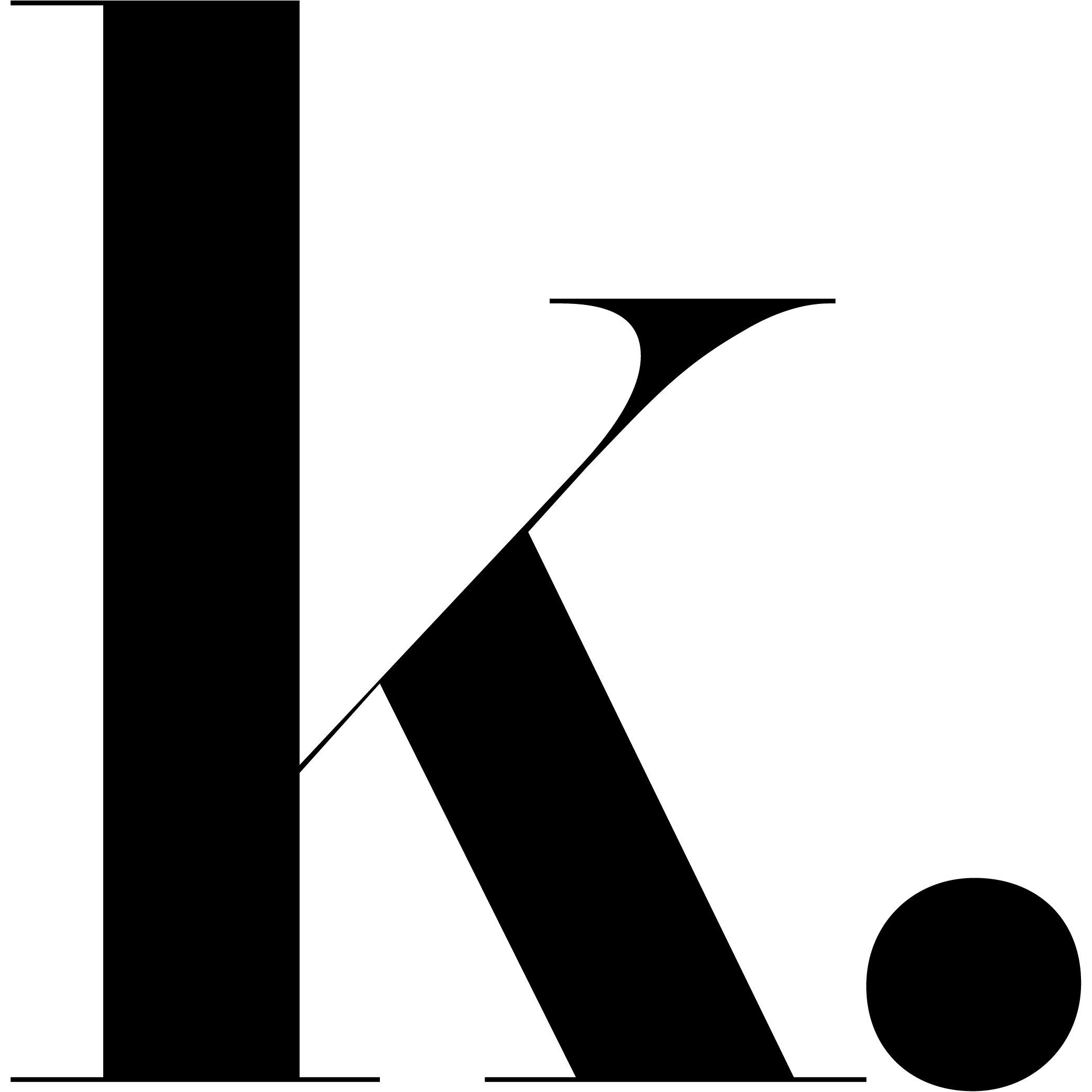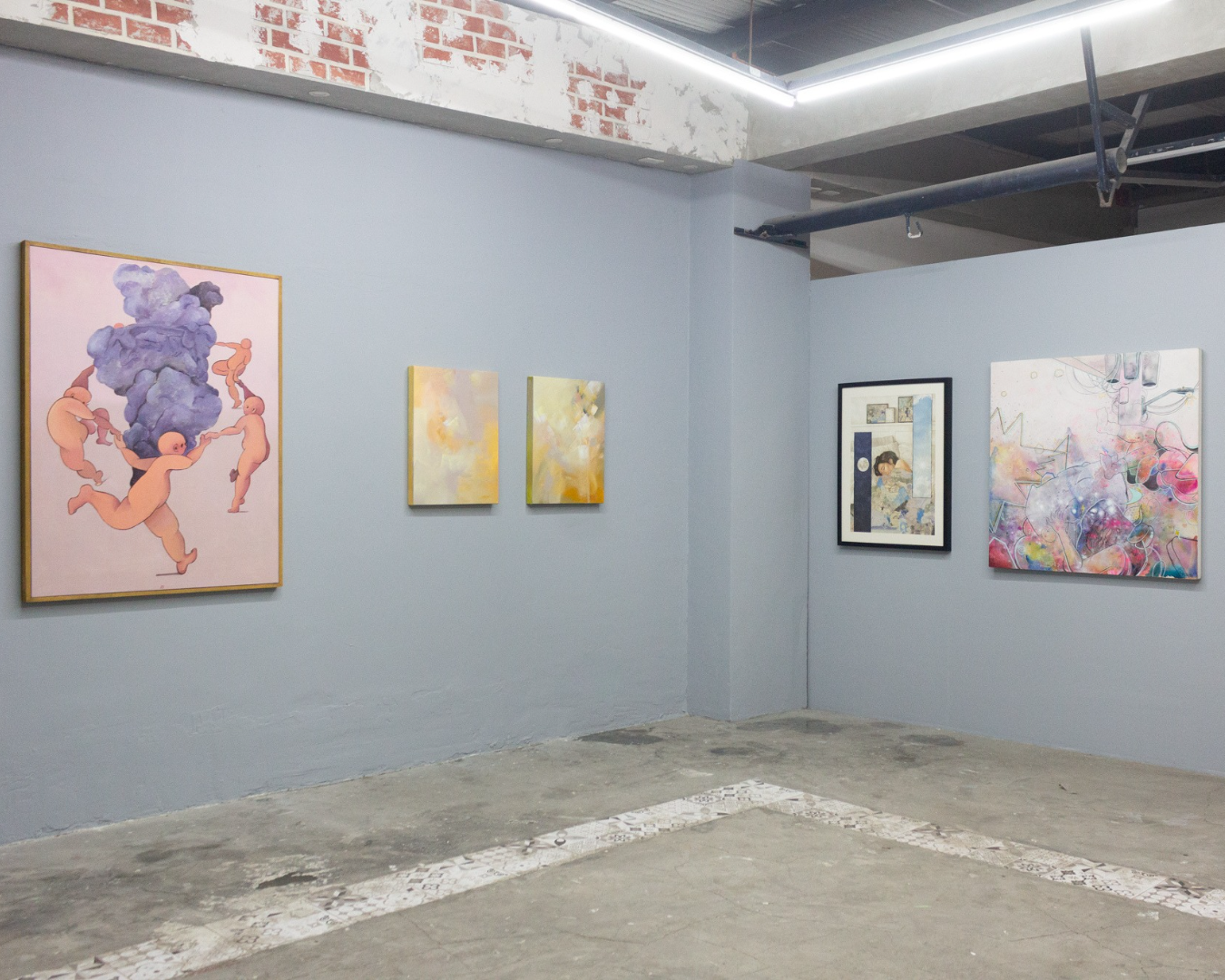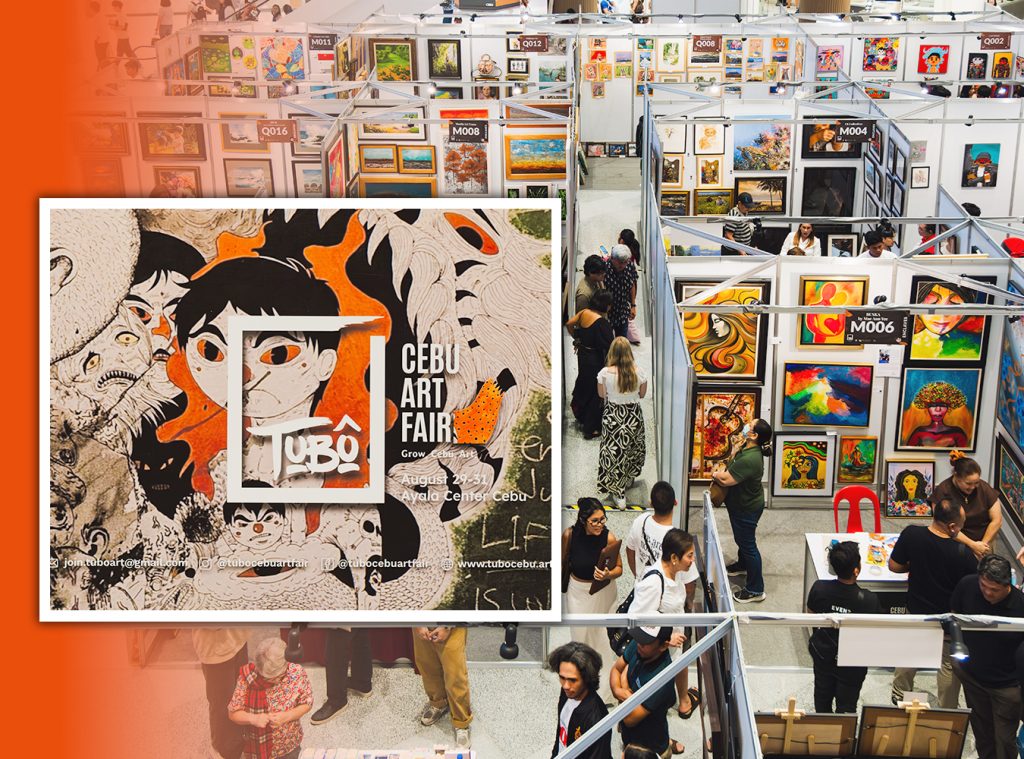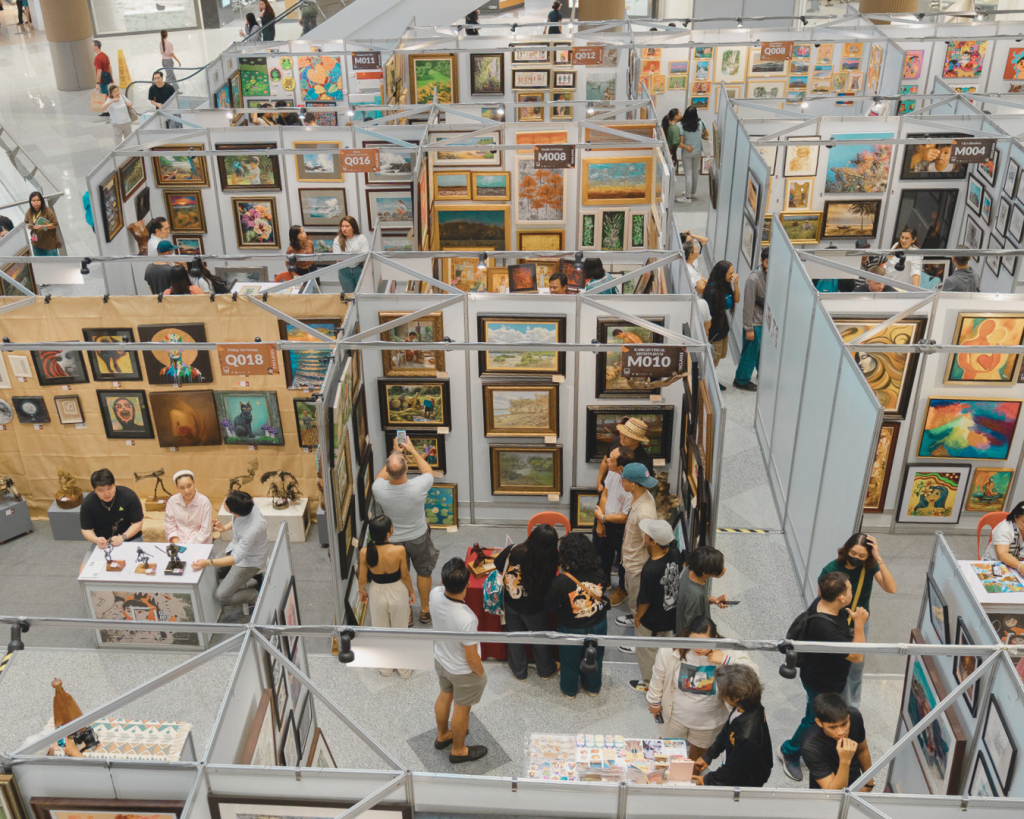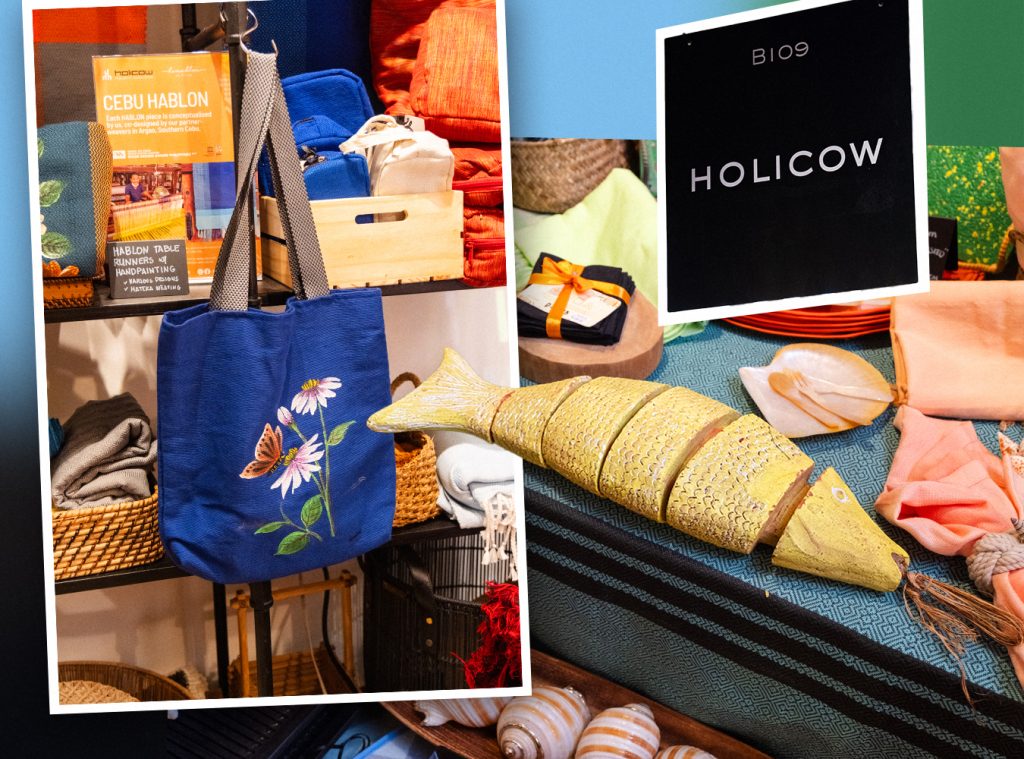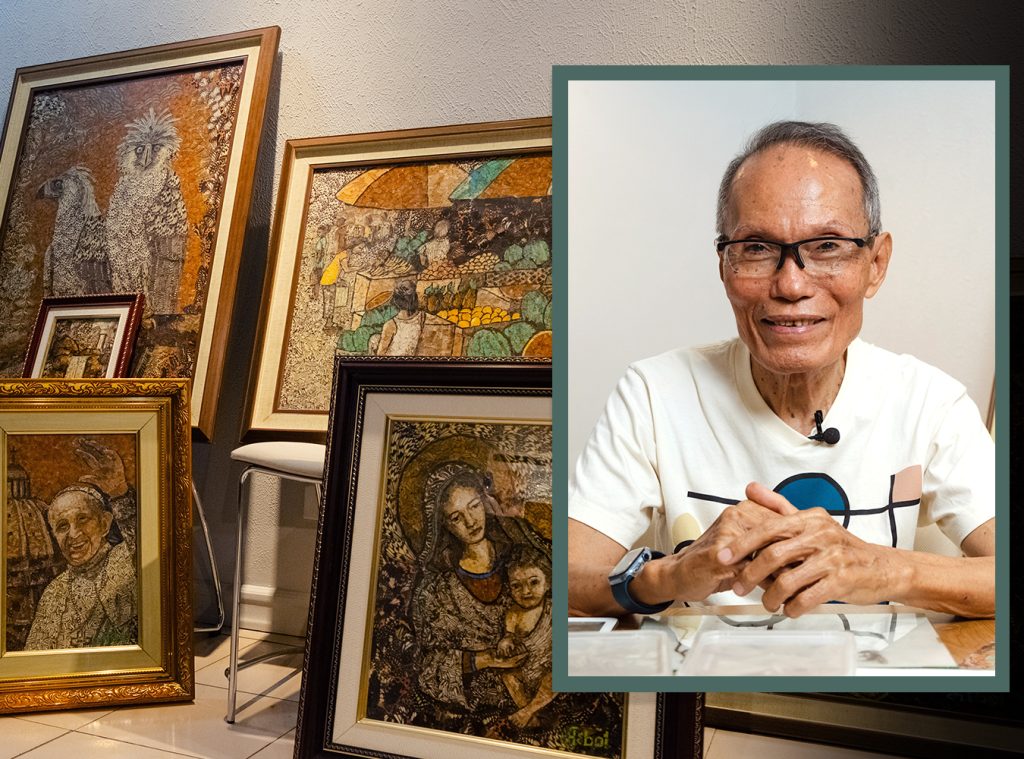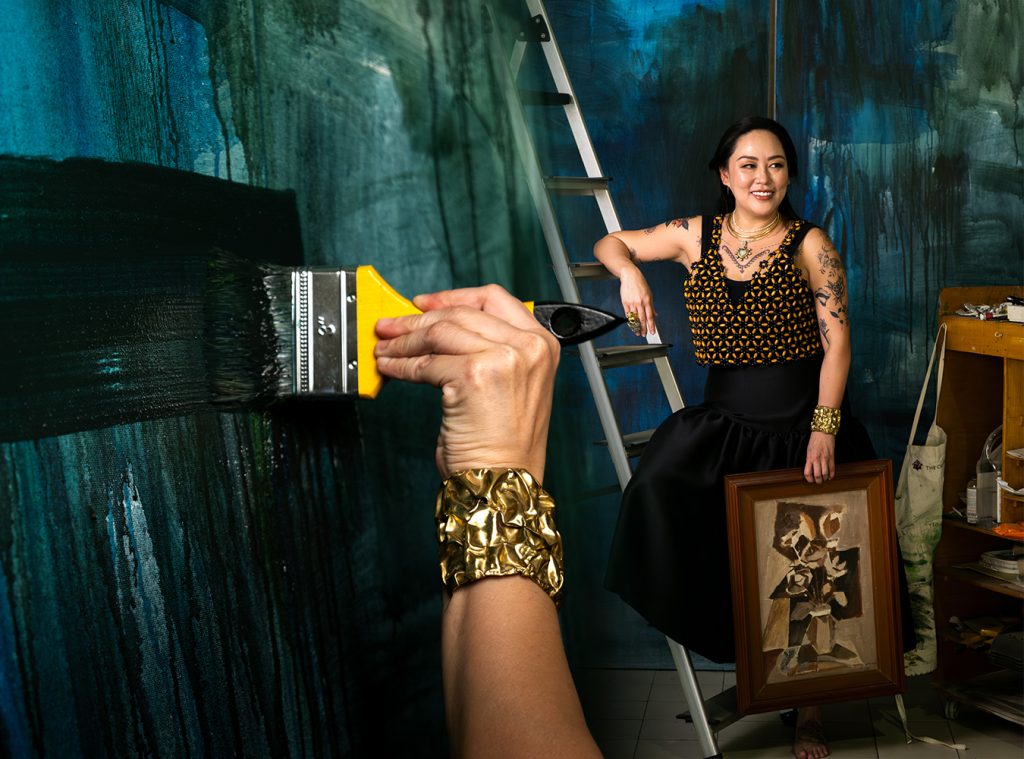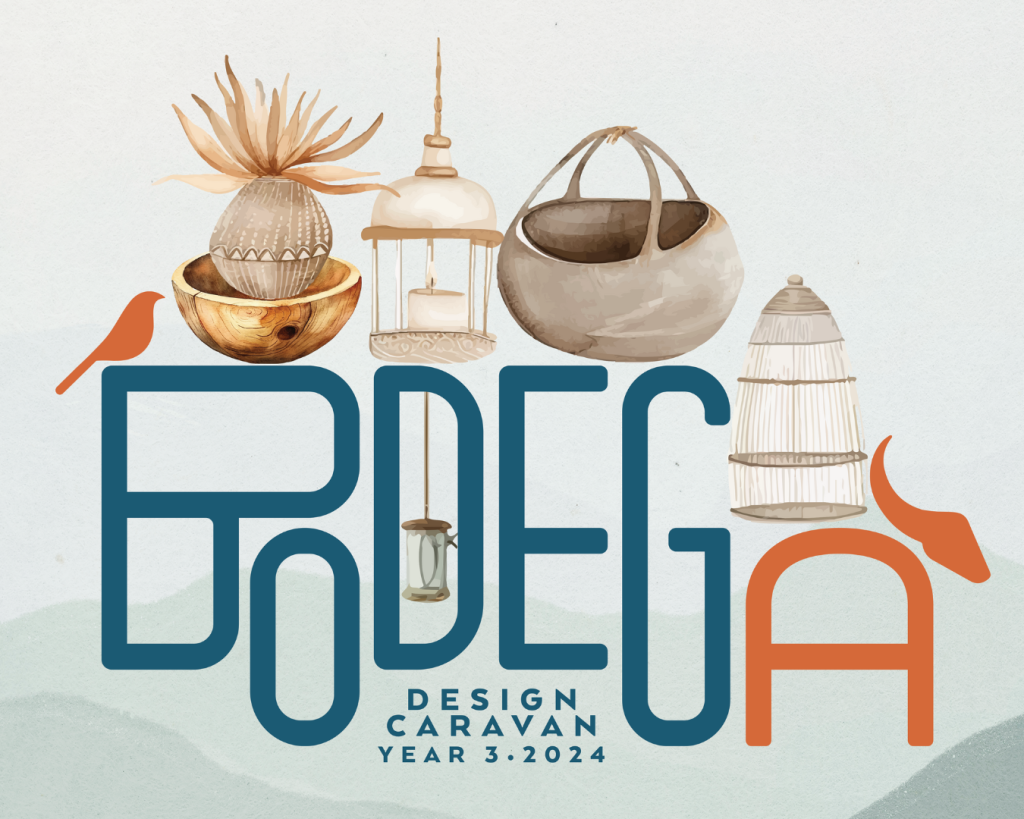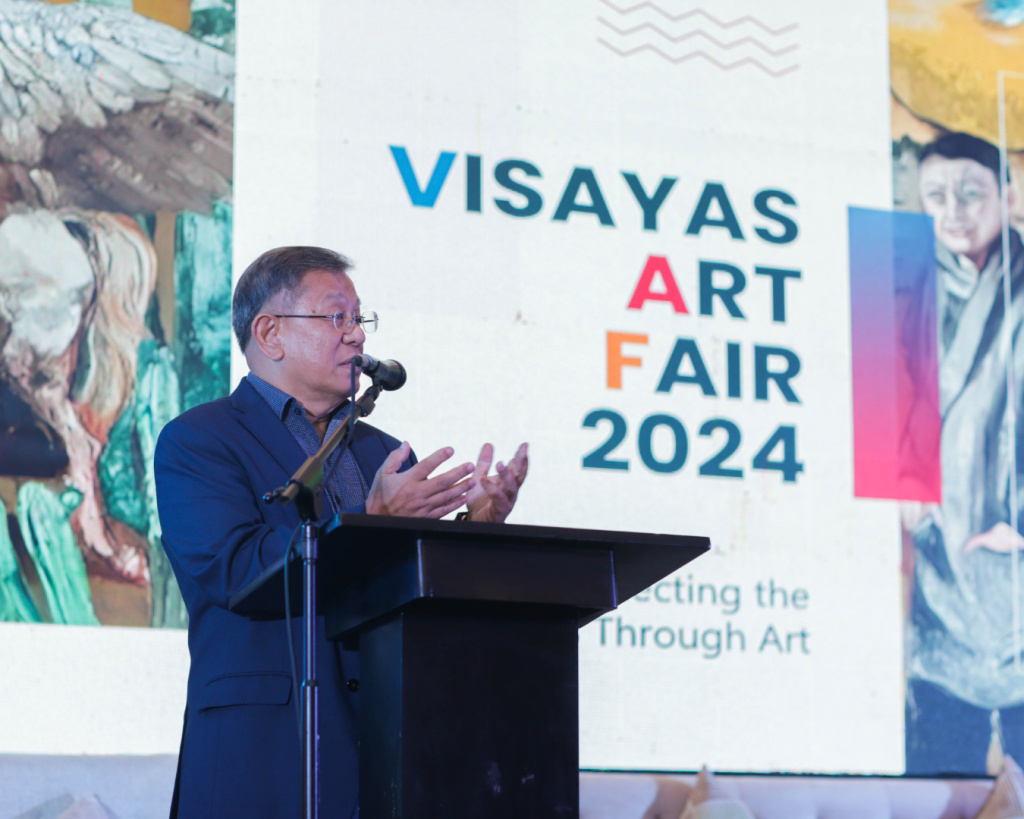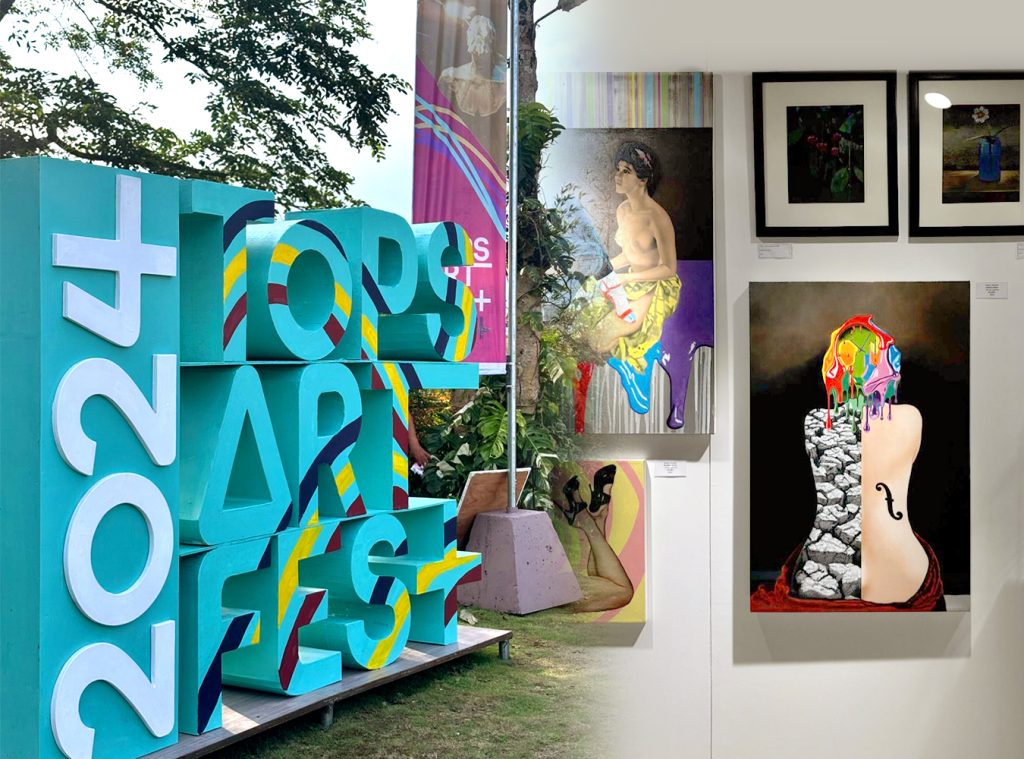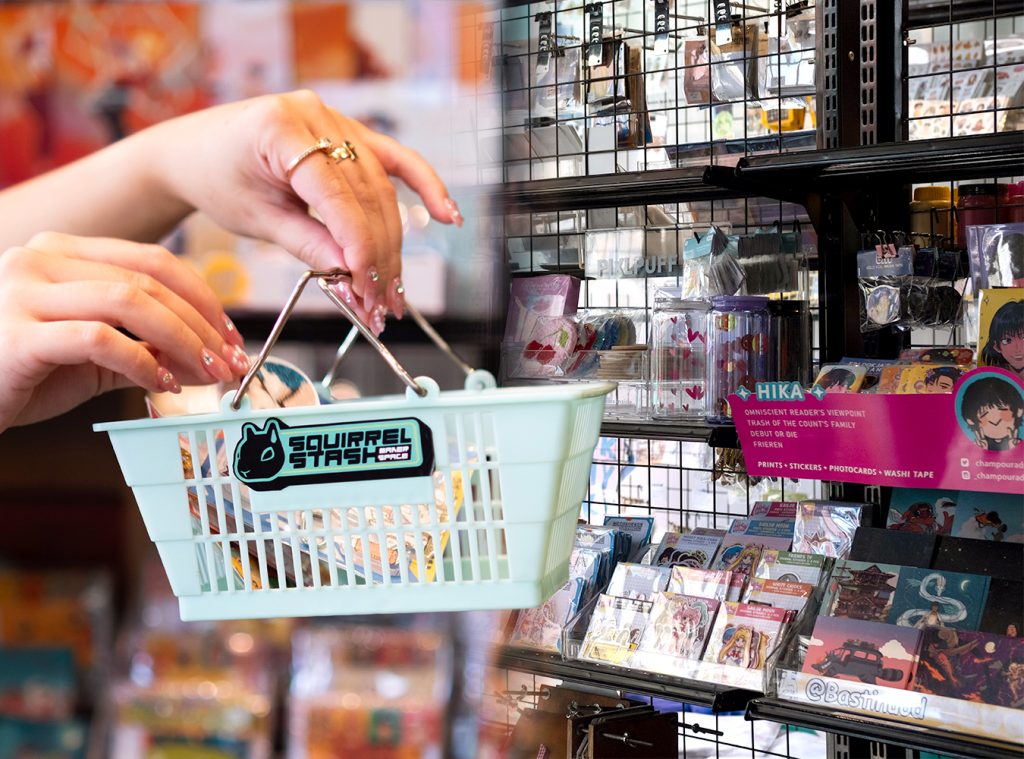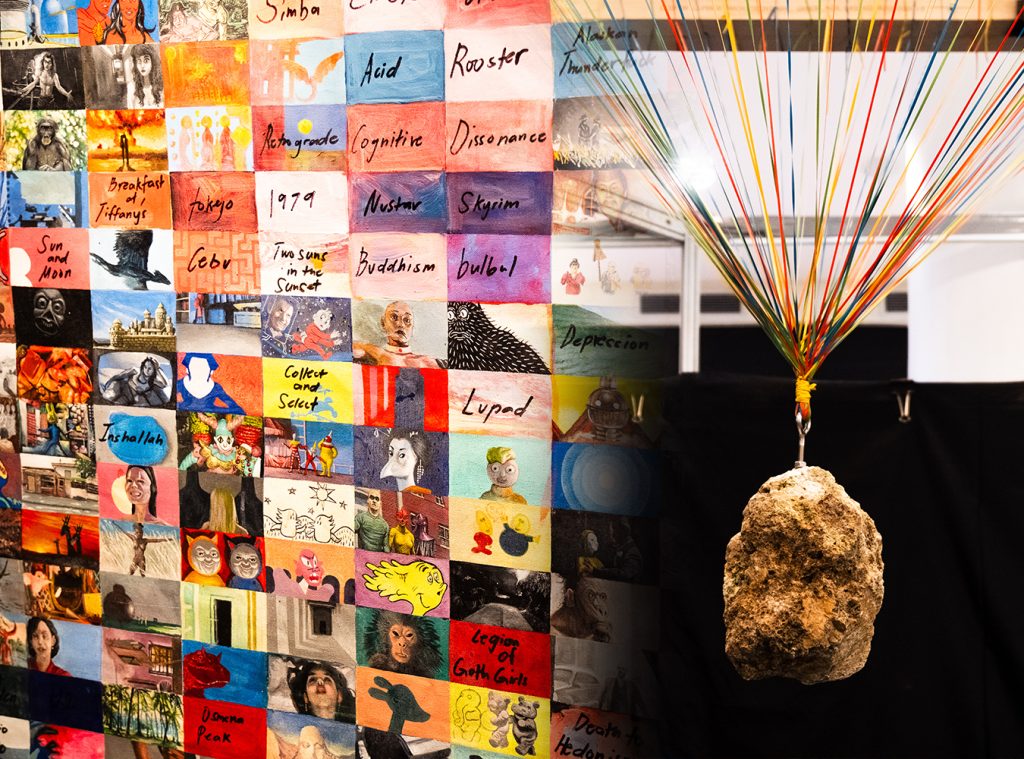MONO8 is excited to announce the opening of three exhibitions this month: “In Another Sky,” a group exhibition curated by Amiel Louise Rivera, Jessica Alba, and Marie Nelle Valmoria, featuring works by Erika Abe, Grace Impas, Jheane Borja, Julia Borja, Kelli Maeshiro, Leahrly Curitana, Pepe Delfin, and Sam Bumanlag; “SEEDGUT,” a solo exhibition by Tia Avila curated by Sayoka Takemura; and “Tactile Mantras,” a two-person exhibition showcasing the works of Lui Gonzales and Ronyel Compra. To mark these exhibitions, three new zines will be published and made available in both print and online formats.
The three exhibitions will open simultaneously on 30 July 2024 (Tuesday, 6 PM) at the Manila location (BLK 113, 53 Connecticut Street, Greenhills, San Juan City) and will be displayed until 25 August 2024. For more information, please contact MONO8’s Media Team at inquiry@mono8gallery.com or +63 9627248131.
“In Another Sky”
Grace Impas, Jheane Borja, Julia Borja, Kelli Maeshiro, Leahrly Curitana, Pepe Delfin, Sam Bumanlag, Erika Abe
Curated by Amiel Louise Rivera, Jessica Alba, and Marie Nelle Valmoria
Prompted by a poem from Milagros T. Dumdum’s “Falling on Quiet Waters”, MONO8 is pleased to present a collection of abstract works by eight emerging female artists from different regions in the country and across the Pacific. In Another Sky features Erika Abe (Cavite), Grace Impas (Cebu), Jheane Borja (Cebu), Julia Borja (Cebu), Kelli Maeshiro (Hawaii), Leahrly Curitana (Aurora), Pepe Delfin (Capiz), and Sam Bumanlag (Manila). The exhibition marks the debut of three emerging female curators: Amiel Louise Rivera (Manila), Jessica Anne Alba (Manila), and Marie Nelle Valmoria (Cebu).
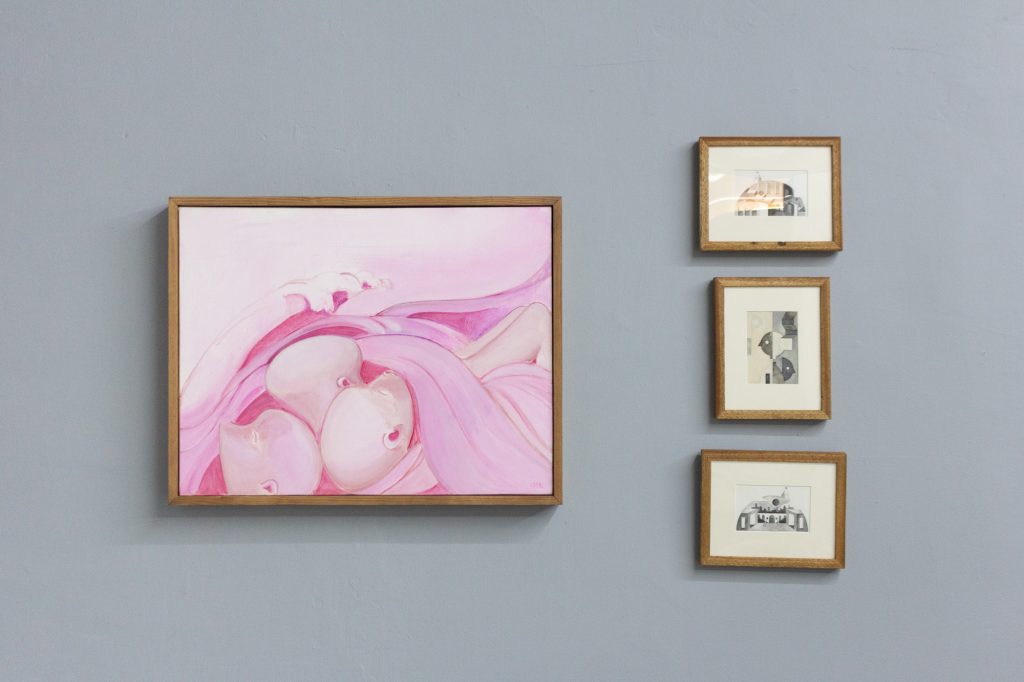
Installation view, “In the Sky”, Image courtesy of MONO8
Throughout history, human lives have been intricately linked to heavenly bodies, as seen in the temporal patterns of the star and moon alignments, the interpretation of positions and characteristics, and their influence on weather forecasts, which continue to shape cultures and societies. Drawing inspiration from Cebuano poet Milagros Dumdum’s collection of haikus, the exhibition In Another Sky is inspired by the captivating ways in which the skies envelop the earth and transform across time, place, and space. It features Erika Abe, Grace Impas, Jheane Borja, Julia Borja, Kelli Maeshiro, Leahrly Curitana, Pepe Delfin, and Sam Bumanlag. The exhibition explores the artists’ depictions of the ether’s profound impact as it attempts to materialize a connection with the audience through the paintings presented.
The artists in this exhibition are from different regions within the Philippines and across the Pacific: Manila, Cebu, Cavite, Aurora, Capiz, and Hawaii. In a dialogue that reflects individual and shared memories, each piece captures experiences unique to one artist and yet parallels another in some shape or form despite differences in locality.Even with their different approaches to abstraction and the use of vivid colors, a degree of solidarity is echoed throughout these varying images, cutting across barriers between cultural landscapes. Hence, we are reminded of our collective experience under the same sky– life in different bodies, time zones, and frames of mind while we exist within constellations that bind us. Beyond that, we are invited to reflect on the narrative inside Dumdum’s haikus and contemplate the endless possibilities the sky offers. The shared human experience and unique perspective are stories that begin to unfold and unravel across different boundaries while we explore our dreams and visions. With these images, we continue illuminating the innumerable human experiences while celebrating the diversity that brings us together.
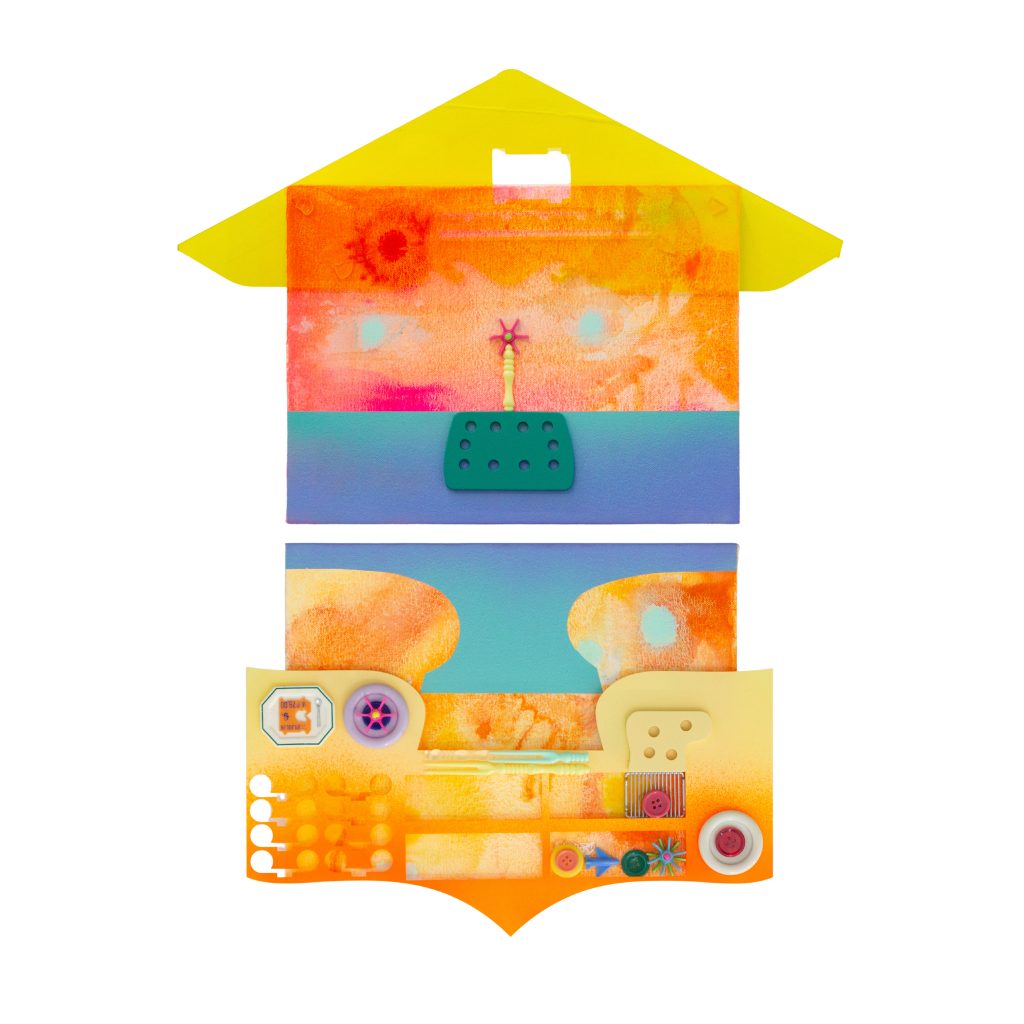
Sam Bumanlag, “Patterns of a Home and the Sea I & II”, 2024, Image courtesy of MONO8
Under the vast and boundless expanse of the universe, we find ourselves dreaming together even when miles apart, connected by the same firmament and, if not, in another sky.
“SEEDGUT”
Tia Avila
Curated by Sayoka Takemura
Tia Avila looks into nature and humans and their interrelatedness to growth and decay. In her practice, Avila closely observes flora (akin to a child’s curiosity) and draws similarities to the bodies that see us throughout the stages and progression of life and the cycles that continuously repeat in their many forms. SEEDGUT focuses on that symbiotic relationship and the understanding that, with disintegration, new life takes over and flourishes. Thus, the exhibition is in earth’s colors with symbolic flowers and plant structures that present the resemblances in the little parts that make the functioning whole in each living being. Avila begins with life’s origins: a seed grows and reproduces outwardly. However, after a while, decay starts to become more present. The remains then leave a legacy; after one lifetime, they transform beyond human physicality.
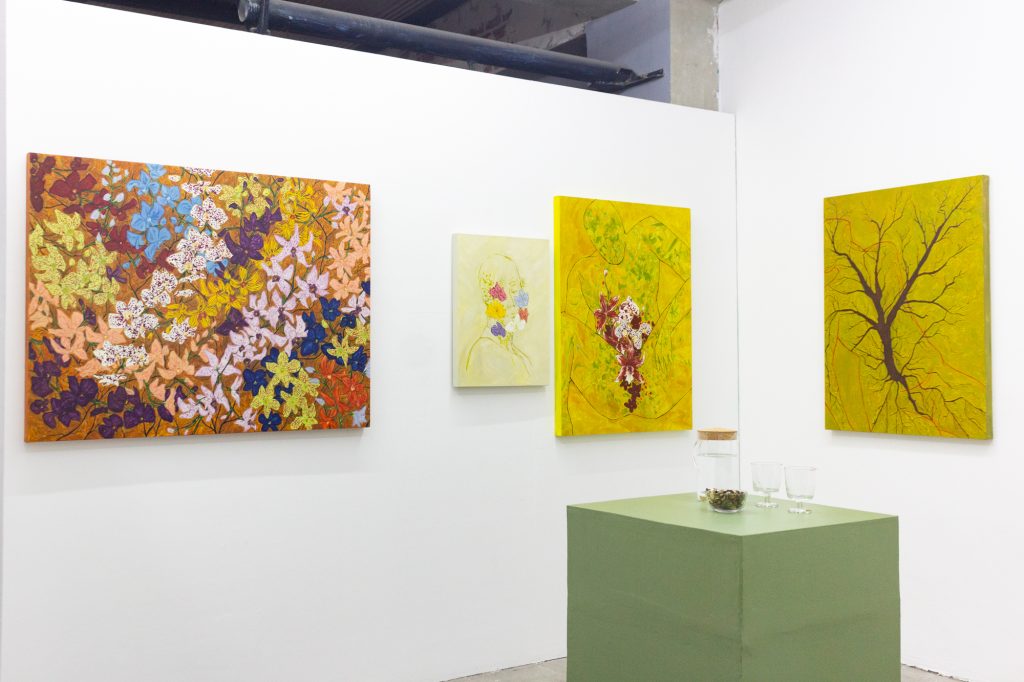
Installation view, “SEEDGUT”, Image courtesy of MONO8
Simply observing such occurrences reveals that the parts and systems of the human body are similar to those of plants. The blood vessels underneath the skin are the veins on the surface of leaves, both as pathways throughout these bodies. Similarly, the reproductive organs are much like flowers that release eggs for offspring. By painting these botanical parts on the human body, Avila reinforces our innate likeness to nature and the fact that much of our internal and external functioning are quite the same. The figures painted on green surfaces appear like gardens intended for the flourishing of new life.
Many of the paintings in this exhibition are dominated by shades of green and burnt umber, while the fine lines traced across their surfaces outline the contours of the bodies containing life. In the work, Seedbody I: The Origin, the figure in a fetal position looks like a seed, with subtle markings of flowers on its surface and lying on a bed of connected roots. Meanwhile, a similar image appears to be blooming in full in Seedbody II: The Aftergrowth, where Avila introduces us to the continuity of life in another form. Instead of grim emotions often attached to decay, the emergence of flowers in its place says that the perceived loss is merely a transition to another being–its physical form ceases to exist, and yet its presence does not simply become lost and forgotten. Nevertheless, decay nurtures rather than purges, offering a sense of comfort and reassurance, leading to a rebirth.
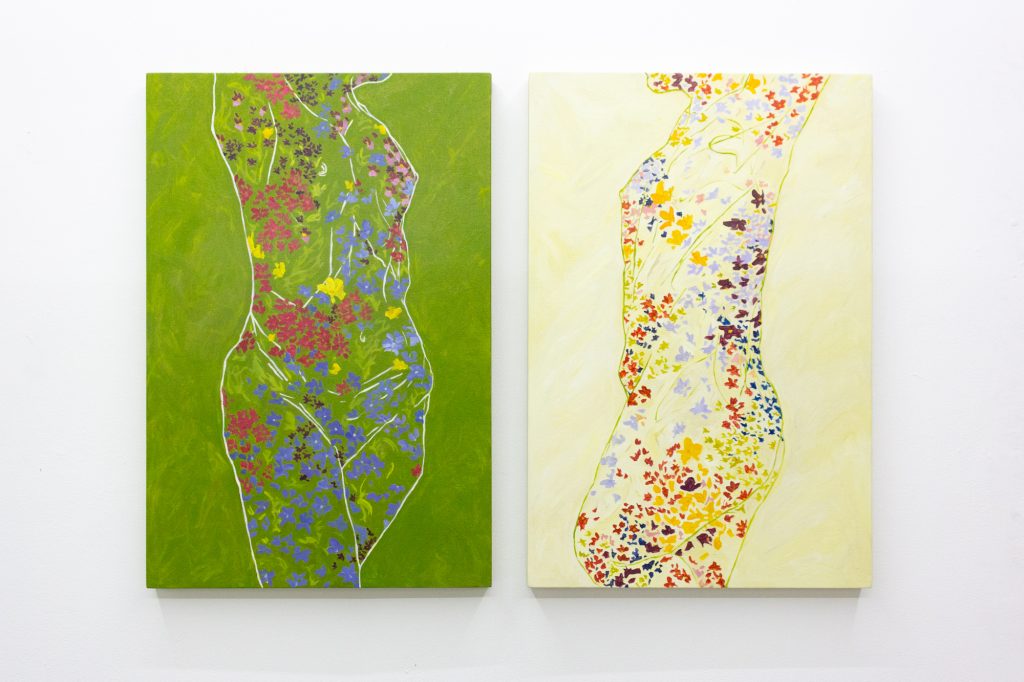
Installation view, “SEEDGUT”, Image courtesy of MONO8
Avila presents the pivotal stages of life: from the beginning as an unborn offspring to its reproduction and propagation, decay, and flourishing anew. However, unlike the common belief that there is a start and an end to one’s life, SEEDGUT shows that life is a continuum and, perhaps, there is no end to the possibilities of existence. Life is remembered by what grows from it or the way its essence perseveres as a different living organism. Similar to nature’s return to the earth, the human body, too, can impart seeds that blossom.
Finally, in her bold and intuitive strokes across each canvas, Avila paints the likeness of nature and the human body and imparts such beauty to the continuity of growth and rebirth, reminding us that we are all part of a larger life thriving in perpetuity.
“Tactile Mantras”
Lui Gonzales, Ronyel Compra
With text by Raymond Carlos
Mementos often trigger a sensory response to the owner and viewer. This can aid in organizing remembrance, as in the case of Tactile Mantras, where both artists present works exploring how objects support our cognitive processes. Gonzales zoomed in on an image of her belongings and drew them. For her, this serves as an act of looking even closer, still with her usual process of tearing layered drawings suggesting that memory creates a simultaneous bombardment of images. Adding documentation of the entire process through lists that define moments of shifting from one pen to another, the moment an exact type of pen was replaced, and the number of times the sheets were torn. These lists represent detailed diaries that help the artist tap into her sublime decisions while in the process of creating.
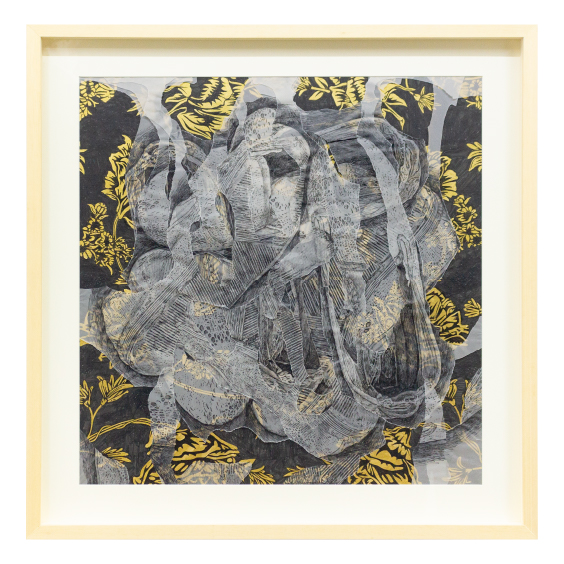
Lui Gonzales, “Pending Replacement”, 2024
Compra’s shift from his usual charcoal and natural pigment works to returning to oil painting is a significant transformation. Despite this change, he continues to use scratches to depict multiple chairs, which he sees as symbols of resilience and territoriality. The scratches, he explains, are an occupant’s raw and primal instinct to leave marks that assert ownership and survival.
Tactile Mantras presents personal records of the artists’ reflections and meditations translated into physical form, which ritualistically aids in vivid memory. Overall, the pieces underscore the complex interplay between memory and our interactions with our external environment. These, in turn, shape our experiences and perceptions over time. □
About MONO8
Founded in 2017, MONO8 is a Philippine-based contemporary art space committed to redefining the gallery platform as a place for artistic exchanges and the critical understanding of contemporary art. Our strong curatorial program supports and engages artists in realizing new possibilities in producing a broader range of exhibitions and bodies of work. Expanding its platform through its dynamic team of art professionals based in Manila and Cebu, MONO8 practices a community-centric framework and continues to develop better and more sustainable models for achieving inclusive growth. For more information, please contact the MONO8 Media Team at inquiry@mono8gallery.com

